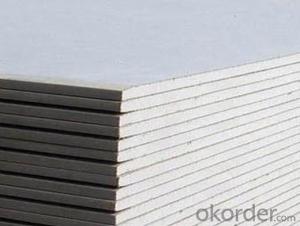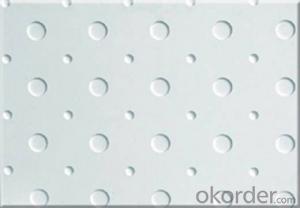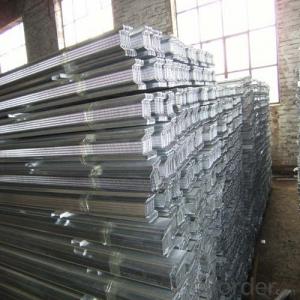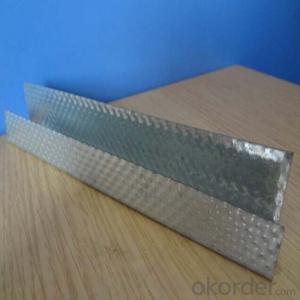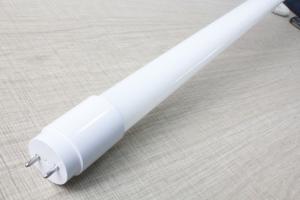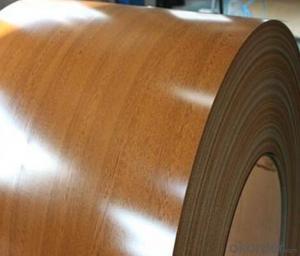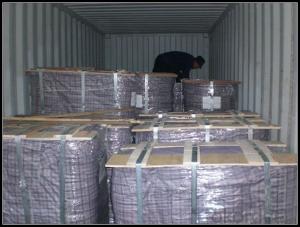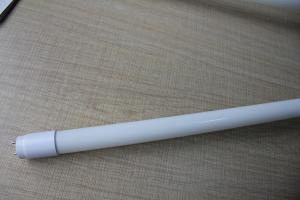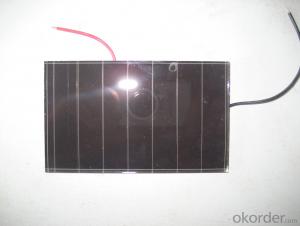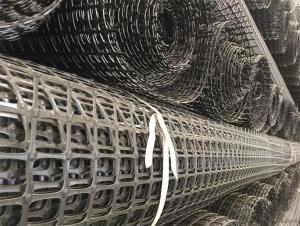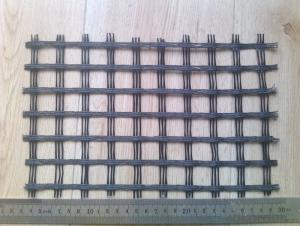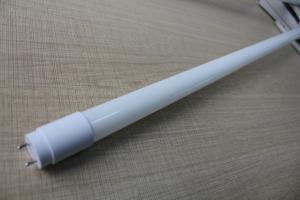Geogrid Material Specification
Geogrid Material Specification Related Searches
Raw Material For Solar Cells Ac Inverter For Solar Panels Plastic Wall Coverings For Bathrooms Fiberglass Sheets For Roofing Heat Reflective Material For Roof Wall Panels For Basement Felt Paper For Roofing Retaining Wall With Geogrid Plastic Coated Steel Roofing Sheets High Quality Roofing FeltHot Searches
Steel Mesh Panels For Sale Cheap High Tea Sets For Sale Cheap Solar Cells For Sale Q Cells Solar Panels For Sale Used Foam Board Insulation For Sale Welded Wire Panels For Sale Types Of Temporary Side Panels For Cement Deck Fiberglass Panels For Sale Magnesium Oxide Board For Sale Hdf Board For Sale sintra board for sale Cheap Mini Laptops For Sale Plywood For Sale Cheap Sandwich Panels For Sale resin panels for sale Cheap Washers For Sale Cheap Tall Vases For Sale Eps Panels For Sale Air Conditioner For Cheap Prices Gypsum Board Price Per Sheet In IndiaGeogrid Material Specification Supplier & Manufacturer from China
Okorder.com is a professional Geogrid Material Specification supplier & manufacturer, offers integrated one-stop services including real-time quoting and online cargo tracking. We are funded by CNBM Group, a Fortune 500 enterprise and the largest Geogrid Material Specification firm in China.Hot Products
FAQ
- Geogrids improve the performance of mechanically stabilized slopes in cold climates by enhancing the stability and reinforcement of the soil structure. They provide additional tensile strength to the soil, preventing slope failures caused by frost heave, thaw settlement, and freeze-thaw cycles. Geogrids also distribute the loads more evenly, reducing the risk of slope deformation and improving long-term performance in cold weather conditions.
- Want to know what is the advantage of unidirectional polyester geogrid and two-way existence? What are the differences between the two?For example, function, cost, construction
- Different intensity
- Geogrids improve the stability of steep slopes by providing reinforcement and preventing soil erosion. They are placed within the soil layers, creating a strong interlocking network that increases the shear strength and resistance to sliding. Additionally, geogrids distribute the load over a larger area, reducing the stress on the soil and preventing slope failures.
- Geogrids improve the stability of levees by providing reinforcement and increased tensile strength. These engineered materials are placed within the levee structure, creating a network of interconnected elements that distribute and withstand the forces exerted on the levee. This helps to prevent slope failure, soil erosion, and potential breaches, ultimately enhancing the overall stability and safety of the levee system.
- Yes, geogrids can be used for reinforcement in landfill liners. Geogrids are commonly employed in landfill applications to enhance the stability and strength of liner systems. They provide additional support to the liner material, preventing deformation and improving its overall performance and longevity.
- Yes, geogrids can be used in reinforced soil slopes for seismic applications. Geogrids are commonly used to reinforce soil and provide stability in various applications, including slopes. In seismic applications, geogrids can enhance the performance of reinforced soil slopes by improving their resistance to lateral movements and reducing soil displacements during earthquakes. The use of geogrids in reinforced soil slopes for seismic applications helps to increase safety and mitigate potential damage.
- Yes, geogrids can be used in the stabilization of canal banks. Geogrids are engineered materials that provide reinforcement and stability to soil. They can be used as a reinforcing element in the construction of canal banks to prevent erosion, improve slope stability, and increase load-bearing capacity. By distributing the forces exerted by water flow and preventing soil movement, geogrids help to maintain the integrity and stability of canal banks.
- Yes, geogrids are suitable for use in ground reinforcement for residential developments. They provide excellent soil stabilization and reinforcement, helping to prevent soil erosion, improve load-bearing capacity, and enhance the longevity of residential structures. Geogrids are a cost-effective and sustainable solution for various ground reinforcement applications, making them a suitable choice for residential developments.
